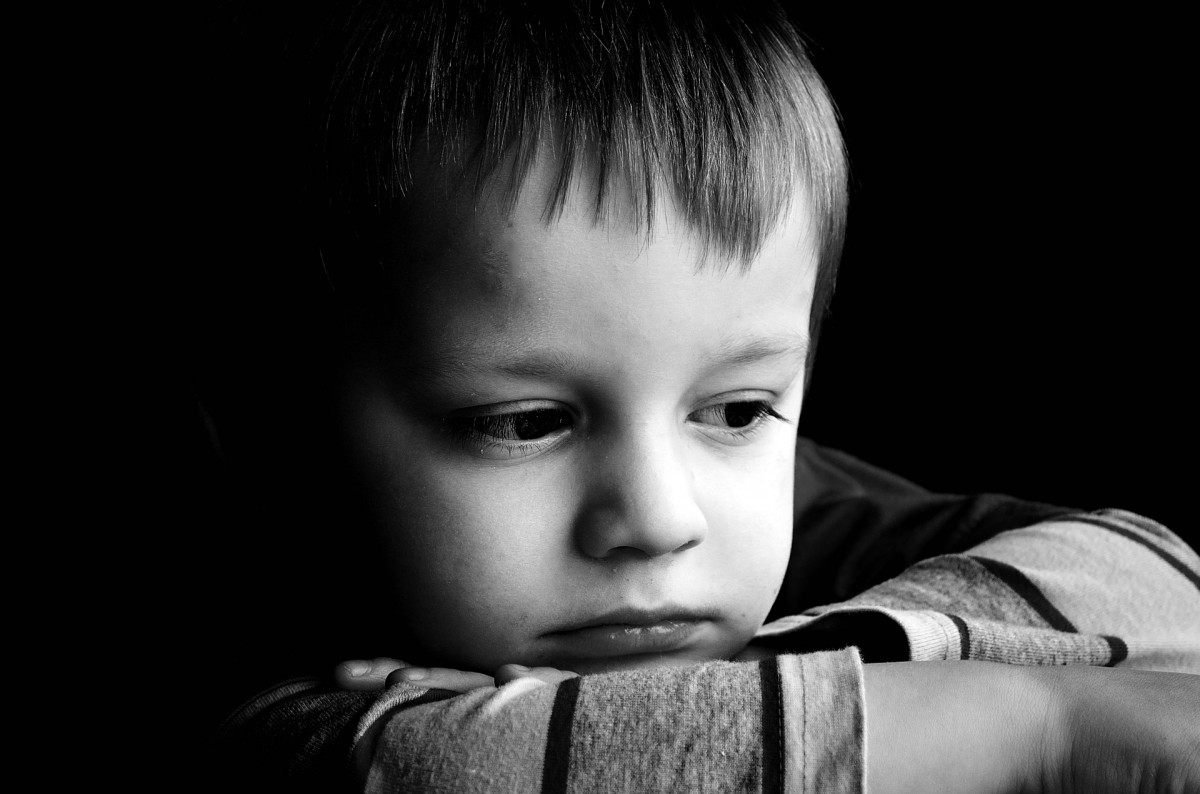Has my child been abused, or is this behavior normal?
Childhood sexual behaviors scare us. As parents we want to distinguish between what is normal and what is childhood sexual abuse. Assessing this is not an easy task considering that not all children who are abused will have sexual behavioral problems, and not all children who have sexual behavior problems will have been sexually abused.
I appreciate Toni Cavanagh’s writing on Sexual Behavior in childhood, as she distinguishes between what is normative and what is not. She explains that sexual exploration is an information gathering process for children as they are learning about their own bodies, gender roles and behaviors. This is natural when it’s happening between children of a similar size, age and developmental status and on a voluntary basis. It most often happens between siblings or within friendships. The exploration is limited in type and frequency and is balanced with other types of curiosity in other aspects of play and life, and it doesn’t leave children feeling anxious or shamed or angry. Examples of this sexual exploration include telling dirty jokes, showing of private parts and even humping.
You are right to be concerned about sexual behavior when:
- It’s happening between children who don’t have an ongoing friendship relationship
- It’s happening between children of different ages and developmental levels
- It’s out of balance of other aspects of your child’s life
- Children have too much knowledge about sexuality and mimic ways consistent with how adults would express their sexuality
- The behaviours are very different to those of other same-aged children
- The behaviors continue despite limit setting
- Children can’t seem to stop themselves
- The behaviors cause problems for other children
- The behavior is directed towards adults
- Children don’t have an understanding of personal boundaries and personal space
- The behaviors progress in frequency, intensity or intrusiveness over time
- It is associated with fear, shame and guilt
- Children sexualize non-sexual things or interactions
- The behaviors cause pain or discomfort to self or others
- Anger precedes, follows or accompanies the behaviors
Cavanaugh has a very helpful graph giving examples of the continuum that runs from natural and healthy sexual exploration, to behavior that is concerning, to behavior that necessitates professional help. One example along this continuum is a child who rubs their own genitals when being changed or when going to sleep. This normal behavior becomes concerning if they continue to do this publically when they are consistently told not to. Professional help is needed if this rubbing happens to the exclusion of normal childhood activities and if this rubbing hurts their genitals. Her website is listed below if you want to access the rest of her chart.
There’s a broad range of what sexual behavior could look like in 2 – 12 year old children, with children exhibiting this behavior at varying levels of frequency. If your child is going to be sexual at this age, it’s likely to include self-stimulating behavior, exhibitionism, and behaviors related to personal boundaries. It’s less likely that they will show more intrusive and explicit sexual behavior.
Sexual behavior will peak around 5 years old for both boys and girls, and this is considered developmentally appropriate as long as it’s within normal limits. In fact two thirds of 5 year old boys will touch their genitals often.
2 year olds are relatively sexual compared to 10 and 12 year olds, and they become increasingly sexual up to age 5. Then this drops for awhile, until girls around 11 years old show an increased interest in love interests.
4-6 year old’s do interact spontaneously in sexual ways. They also tend to imitate sexual behaviors that they have heard about or witnessed.
Sexual abuse can include contact and also non-contact offenses. It’s sexual abuse when sexual activity involves a child where consent is not or cannot be given. Different states deem children capable of giving consent at different ages.
50% of sexually abused children will meet the criteria for PTSD. A third of abused children will report depression and anxiety. Also frequent will be promiscuity, and disruptive behavioral problems. Children will lower self-esteem will experience more distress, and children who’s coping mechanism is avoidance will tend to have more symptoms. Sexually abused children will exhibit more frequent sexual behaviors than children who are not, and will imitate it with dolls, and have multiple behaviors with other people, peers. This is also likely to happen when they are alone.
Children who have been sexually abused may show a variety of symptoms including:
Physical Symptoms:
Attempting to touch genitals of others
Sexualized play
Detailed and age-inappropriate knowledge of sexual activity
Excessive masturbatory behavior
Reluctance to undress
Avoidance of touch
Increased startle response
Hypervigilance
Extreme fluctuations in heart rate
Sleep disturbance (bed wetting and nightmares)
Drastic change in appetite and somatic complaints
Enuresis and encopresis
Emotional Symptoms:
Regressing to younger developmental levels
Lack of affect
Withdrawal and depression, anxiety and irritability
Phobias
Excessive guilt
Feelings of helplessness
Low self-esteem Obsessive ideas
Self-hate, dissociation
Behavioral Symptoms:
Abrupt change in personality
Aggression, excessive crying
Over compliance
School problems
Temper tantrums
Truancy
Self-mutilating/suicide ideation
Flashbacks
Nightmares
Lack of trust and social isolation in friendships
Hyper-arousal
REFERENCES:
Cavanagh Johnson, T. Updated Understanding Children’s Sexual Behaviors: What’s Natural And Healthy. www.TCavJohn.com
Dominguez, R. Z., Nelke, C. F. & Perry, B. D. (2001). Sexual Abuse of Children: It’s Psychosomatic Consequences. Encyclopedia of Crime and Punishment.
Friedrich, W.N., Fisher, J., Broughton, D., Houston, M. & Shafran, C.R. (1998) Normative Sexual Behavior in Children: A Contemporary Sample. Pediatrics, Vol 101, p e9.

